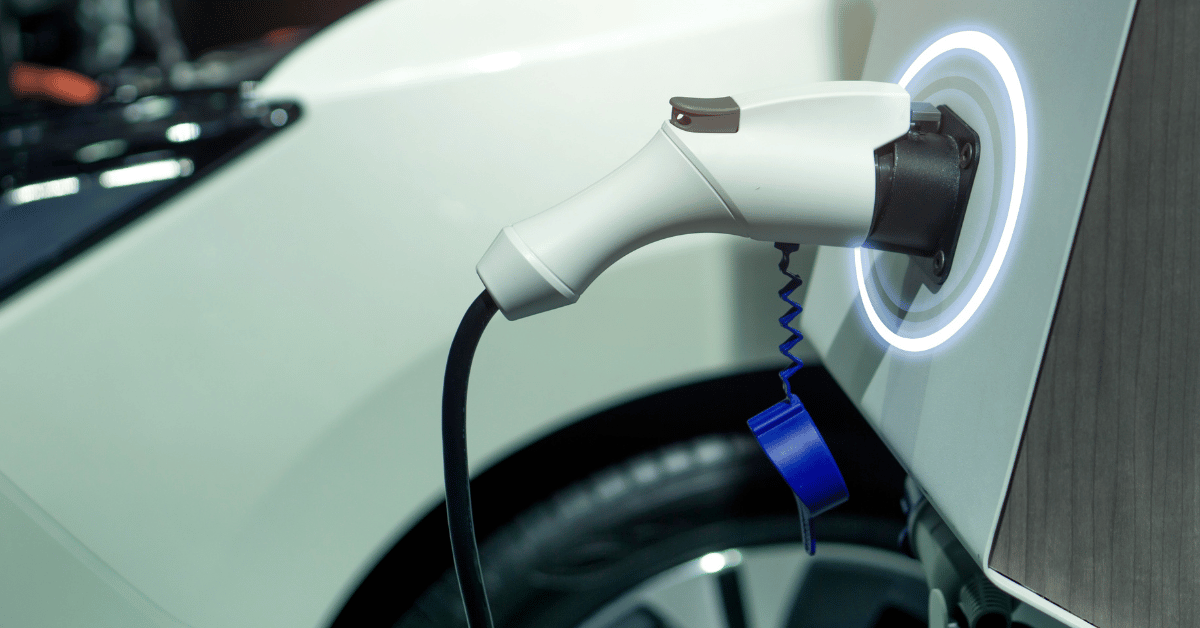The electric vehicle evolution continues, and the BMW i4 is one of the luxury cars that is competing with Tesla. If you’re eyeing this beast and thinking about the possibilities of solar charging, then you’re in the right place. Let’s get into it.
A Brief Overview of the BMW i4
The BMW i4 comes equipped with a powerful 70.2-83.9 kWh 399 V lithium-ion battery. When fully juiced up, you’re looking at an impressive range of about 307 miles if you go with the xDrive 40 trim package. And if you’re working with a 240V outlet, an 8 to 10-hour charge will have you back on the road fully charged.
Understanding Solar Charging
Harnessing the sun’s energy to power up your vehicle? It’s not just eco-friendly; it’s forward-thinking. Transform sunlight into electricity, store it in your car’s battery, and reduce your carbon footprint, all while potentially saving some cash in the long run.

Charging the BMW i4 with Solar: The Numbers
If you cover 307 miles with a fully charged battery, the BMW i4 consumes about 0.227 kWh for every mile (taking an average battery capacity of 77 kWh divided by 307 miles).
Now, if you’ve got those 385-watt solar panels and want to estimate how many you’d need, here’s a breakdown based on various daily driving distances:
| Daily Mileage (miles) | Energy Consumption (kWh) | Number of 385W Panels Needed |
| 20 | 4.54 kWh | 3 panels |
| 30 | 6.81 kWh | 4 panels |
| 40 | 9.08 kWh | 6 panels |
| 50 | 11.35 kWh | 7 panels |
| 60 | 13.62 kWh | 9 panels |
| 70 | 15.89 kWh | 10 panels |
In simpler terms: drive 20 miles daily, and you’ll use around 4.54 kWh. With a single 385-watt solar panel getting about 4.3 hours of peak sun hours, it’ll generate around 1.54 kWh. So, for 4.54 kWh, roughly 3 panels would do the trick.
And remember, while the sun’s free energy is fantastic, many states offer net metering, allowing you to earn credits for surplus power generated. It’s always worth checking local policies to see how they might benefit you.
For those who enjoy tinkering with numbers or have different daily mileages, our handy Google Spreadsheet can help you adjust accordingly. In this spreadsheet, you can choose your (future) EV, adjust your miles, and see how many solar panels you’ll need. Learn more about our spreadsheet in this YouTube video.

Conclusion
The BMW i4, combined with solar power, helps you drive even more sustainably. If blending performance, luxury, and eco-consciousness is your jam, the i4 might just be the ticket. Ready to discuss or share your insights? The comments section awaits! We also have articles for other EVs, such as the Nissan Leaf and Chevy Bolt.

